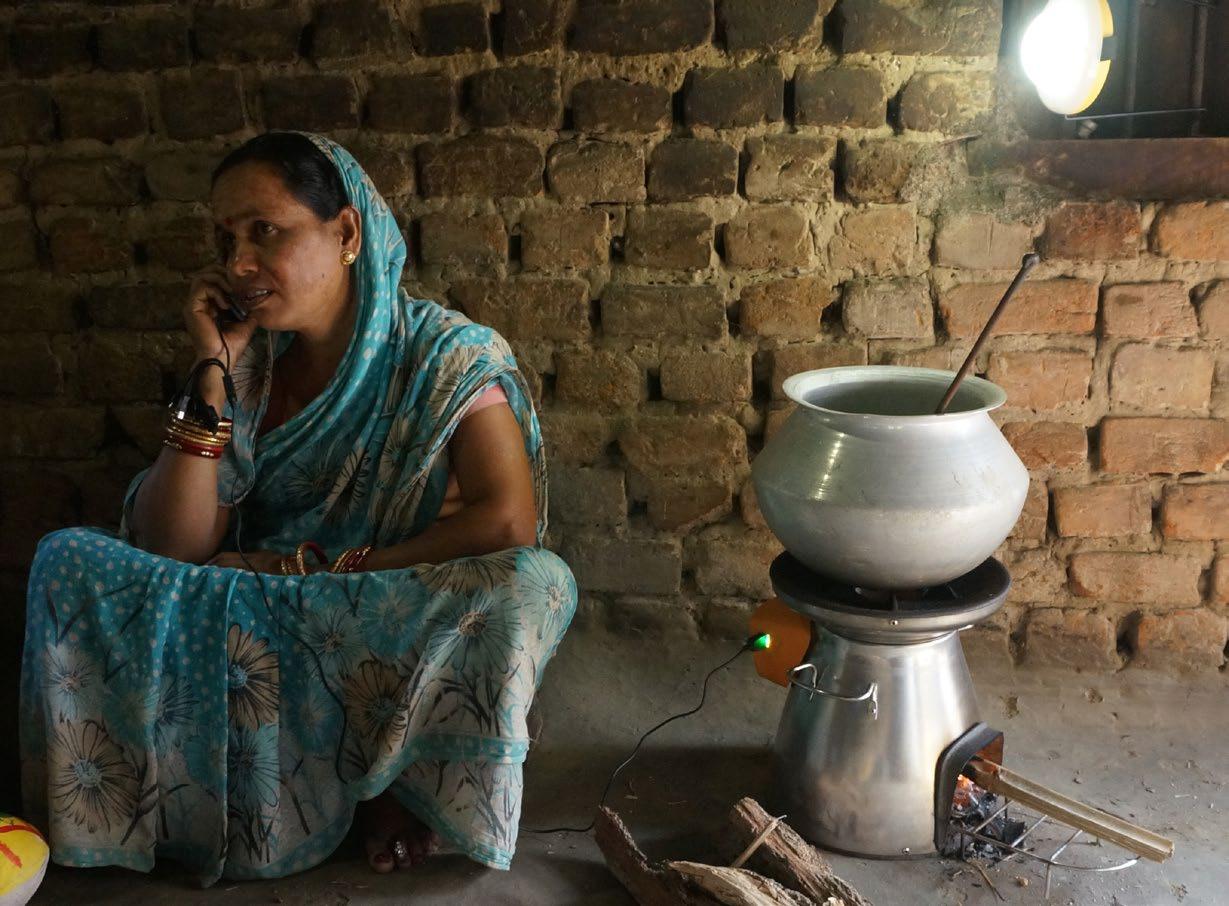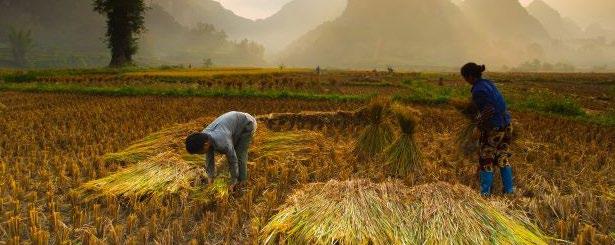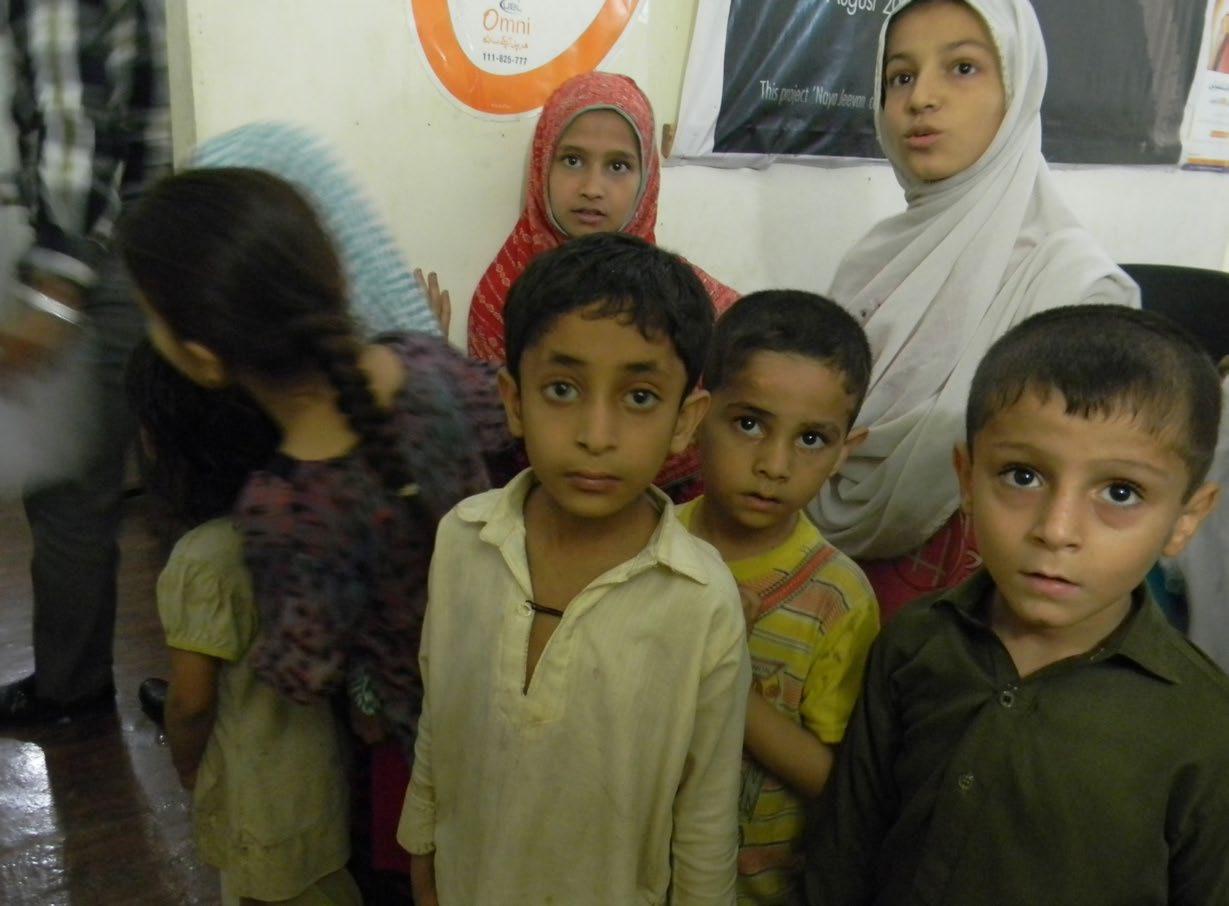• Fixed-income investment in Impact Assets ‘Sustainable Agriculture Note,’ a five-year private debt security that invests in grower cooperatives and agricultural enterprises promoting sustainable agriculture practices that improve environmental performance and build food systems while benefiting small to mid-sized farmers
Water and Land (including Timberland) Rationale Supply of water and land are likely to present the largest challenges to base-ofpyramid communities, given the rising global population. The McKinsey Global Institute estimates that “the annual pace at which [water and land] supply is added over the next 20 years... would have to increase by 140 percent and up to 250 percent, respectively, compared with the rate at which supply expanded over the past two decades.” 10 Globally, forest cover stores 283 billion tons of carbon. Deforestation and forest destruction is the second leading cause of carbon pollution, causing 20% of global greenhouse gas (GHG) emissions.11 For impact investment considerations, any environmental asset should also be, at the very least, neutral on a social impact scale. Types of Investments Investments might be made in the following areas: • Increasing efficiency of water infrastructure by (a) targeting infrastructure investing that can demonstrably reduce waste, optimize distribution efficiency, and reflect local ecological concerns; and (b) investing in companies that are reducing water use and increasing water efficiency in operations • Expanding innovations to increase water-use efficiency, reduce waste, and improve water quality by (a) investing in consumer- and industry-level tools that encourage efficiency, including meters and low-flow fixtures; (b) exploring market-based mechanisms of water rights and trading schemes that result in increased water conservation at scale; and (c) investing in treatment technologies that address a growing list of pollutants from industrial, agricultural, and human waste • Increasing access to water and sanitation through urban and rural infrastructure by (a) providing financing to water infrastructure and distribution schemes that are located where incidence of water poverty are greatest, and (b) investing in technologies that provide low-cost solutions to purification and treatment and that can be widely adopted in poor, rural areas where water scarcity is acute 21






